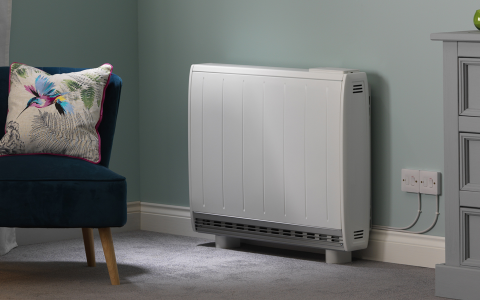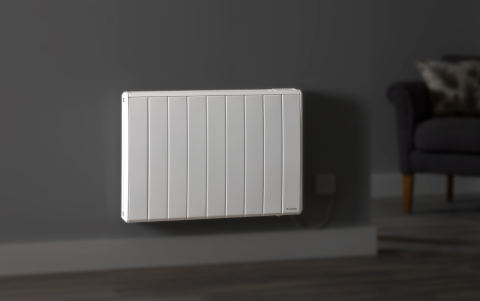Building Regulations in England & Parts L, F and O
With the transitional period now over, the updated 2022 Building Regulations Part L, Part F, and the new Part O, became legally enforceable for all new residential projects.
This is the biggest regulatory change the construction sector has seen in the last 40 years and a stepping stone in our transition away from fossil fuel systems toward decarbonised homes and the electrification of heat - and ultimately, the Future Homes Standard. This shift will impact the way we design buildings and specify technologies.
Have you decided which technologies to specify to achieve compliance for your next residential project?
The new English Building Regulations came into law on the 15th of June 2021. For projects with existing planning permission there is one year transitional arrangements period that applies on plot-by plot basis.
The updated Part L outlines the four compliance metrics for new developments: primary energy target, carbon emissions target, fabric energy efficiency target, and minimum standards for building fabric and building services.
The ventilation system choice under the updated Part F is linked to aritightness as we look to increase indoor air quality. New Part O offers modelling to help mitigate the risk of overheating in buildings.
We designed a simple guide to the changes to Part L and Part F, and the new Part O, and discuss what they may mean for your project.
Our range of HVAC solutions aim to provide future proof technologies to building projects over various sectors.
Request our presentation on Building Regulation changes that answer the most frequently asked questions.
Latest News
Our news section cover building regulations, what the changes to Part L, F, and the new Part of O entail, and what this means for HVAC specification.

Primed for Primary energy? The changing challenge of NZEBs
Before the end of 2019, government will release the final consultation paper on the proposed amendments to Part L of building regulations ‘Conservation of Fuel and Power’. In anticipation, Glen Dimplex Heating & Ventilation (GDHV) have taken the chance to analyse the proposed changes to the document and present our thoughts on the potential impacts to the HVAC industry.

Investing in People to Enhance your Business
The heating and ventilation industry has traditionally found it difficult to attract new engineering talent, but it now faces a distinct skill shortage which must be addressed.

Five Top Tips for Keeping your Hay Fever at Bay
With one in five Brits suffering from hay fever and this number growing in recent years, the symptoms often mean we spend the summer months reaching for the tissues. However, with pollen season lasting from January to November, it’s important to find ways to manage it in your home throughout the year. Karen Trewick from air treatment specialists, Dimplex, offers her top tips on keeping hay fever at bay.











